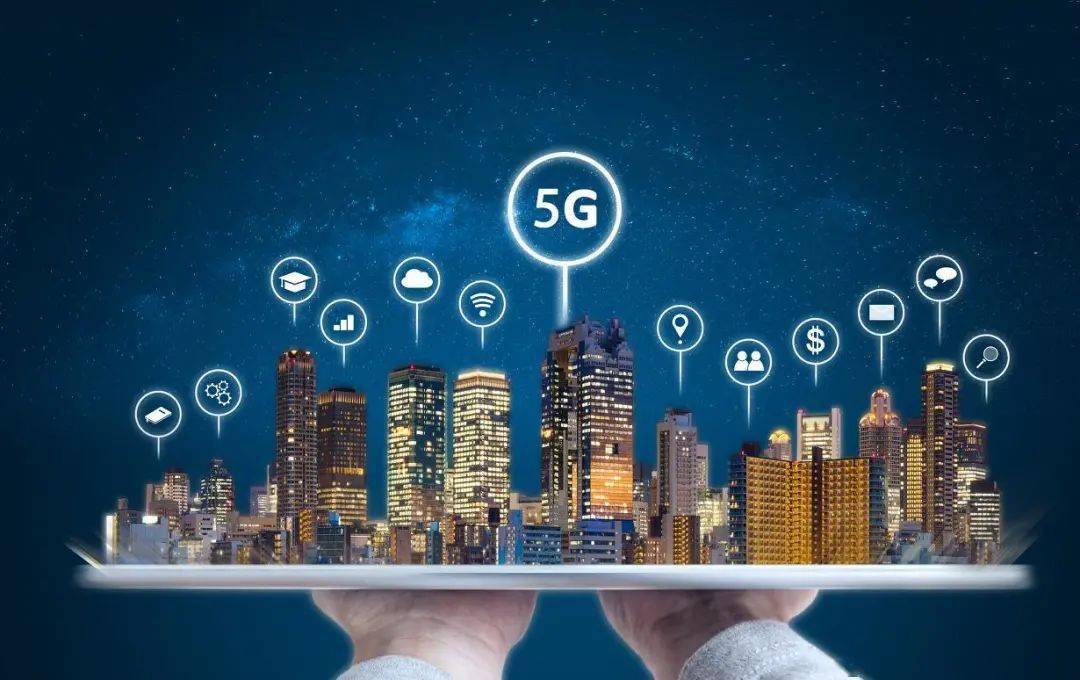The integration of 5G technology is expected to significantly impact multiple industries and verticals, including urban development operations.
The advantages of low latency and high data transfer speeds will transform the efficiency, resiliency and sustainability of smart cities.
While the Internet of Things has revolutionized industrial operations, including manufacturing and healthcare, local governments around the world are looking to new technologies to build smart cities for the future.
However, infrastructure development in urban areas requires more than just the use of smart IoT devices. A high-performance, end-to-end and scalable connectivity framework is key to success.

Application of 5G technology in urban environments
One of the main advantages of 5G technology is its high-speed data transmission capabilities. 5G can support many devices and sensors simultaneously, collecting and analyzing data on all aspects of city operations, including traffic flow, air quality and energy consumption. People can use this information to optimize infrastructure and make cities more efficient and sustainable.
For example, 5G-enabled sensors monitor traffic in real time, allowing traffic signals to be optimized to reduce congestion and improve air quality. Likewise, smart grids powered by 5G can help cities effectively manage energy use, reduce carbon emissions and promote sustainable development plans.
Public service entities including local governments, fire departments and police departments can take advantage of better communications and monitor them through smart devices, thereby enhancing the user-friendliness of transportation, public safety, transport infrastructure and public buildings.
In addition, 5G can also help develop new products and services to benefit urban residents. For example, it can support the development of smart homes and buildings that control and optimize energy consumption. 5G can also enable the development of cutting-edge transportation services such as drones, self-driving cars, and drones that are expected to revolutionize urban transportation in the near future.
In addition to the benefits for city residents, 5G can help cities become more resilient in the face of natural disasters and other emergencies, significantly increasing the effectiveness of first responders.
For example, 5G-enabled sensors can monitor infrastructure and detect failures and other abnormal operations, allowing for early detection and remediation through superior situational awareness. 5G can also support real-time communications and coordination systems, allowing city officials to respond to emergencies faster and more effectively.
While public sector entities cannot easily develop and implement such cutting-edge technologies on their own, smart city solutions can be deployed faster by partnering with dedicated service providers dedicated to 5G technology.
Challenges of implementing 5G
Despite its potential advantages, deploying 5G technology in urban areas still faces significant challenges. One of the most critical challenges is the need for significant infrastructure investment, including the installation of new base stations and fiber optic cables.
Currently, areas with 5G coverage are still rare. Devices that support 5G are also rare. Overall, the rollout has been relatively slow. A large portion of 5G networks has very complex infrastructure and technical requirements. City managers will need significant help hiring sufficiently qualified technical expertise to handle such infrastructure, which makes the presence of disconnected systems and tools a noteworthy issue.
Importantly, city managers must address data privacy and security concerns to ensure there are adequate safeguards for the data collected and transmitted by 5G-enabled devices. Malicious actors may take advantage of the transition to 5G while protections are not yet in place.
IoT, augmented reality, virtual reality and cloud service providers will emerge faster with adequate protection.
In short, 5G will play a key role in urban development operations. Leveraging advanced technological capabilities, public sector leaders can extract and analyze data on different aspects of infrastructure and urban lifestyle and build new services and products accordingly. However, security and privacy concerns and significant infrastructure investment will need to be addressed to provide full benefits to the community.